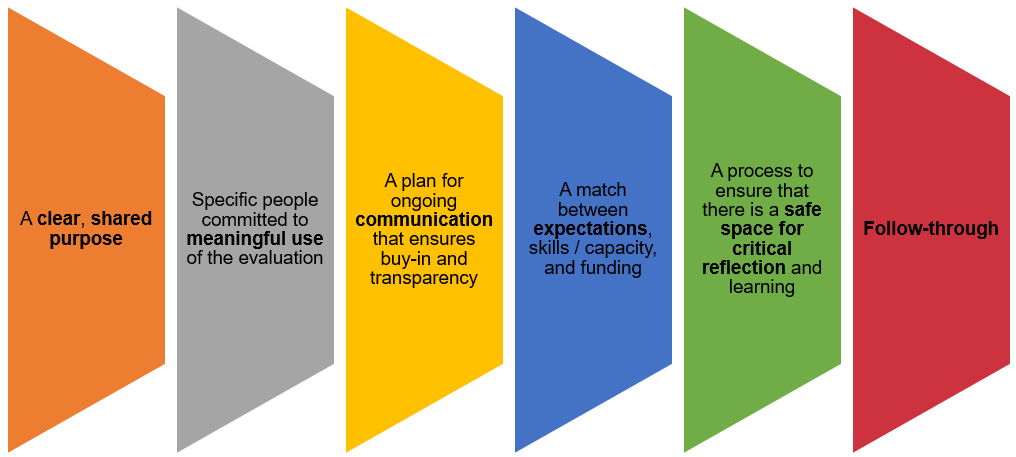This Is How I picture Community Development!
I recently attended the Evaluating Community Impact workshop that Tamarack hosted. During one of the presentations I thought to myself this is exactly how I picture community development playing out. A slide came across that read, “community change strategies and interventions tend to evolve through an adaptive cycle with different phases.” Hmmm. An example of an Infinity Loop was shown. Around the loop there were 5 different areas. Exploration, Development, Growth, Maturity and Release.
Read More





